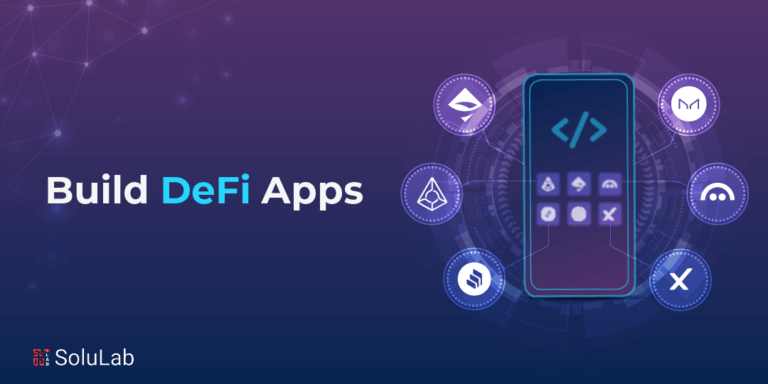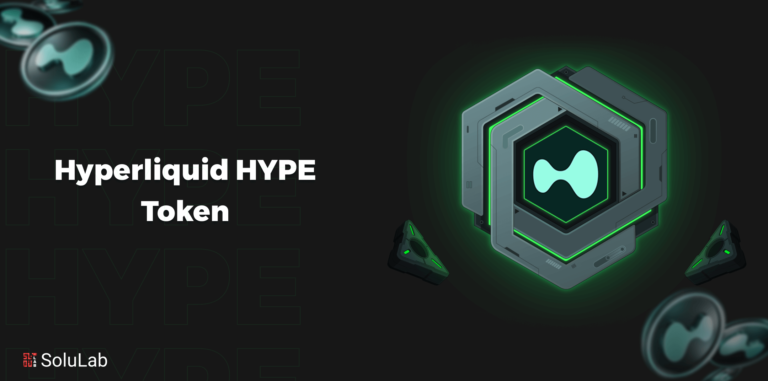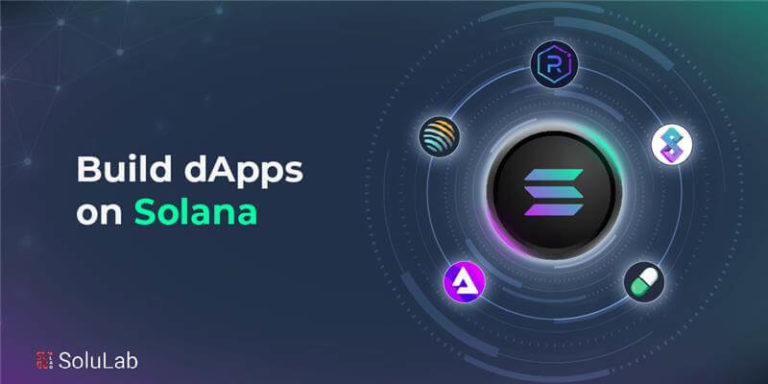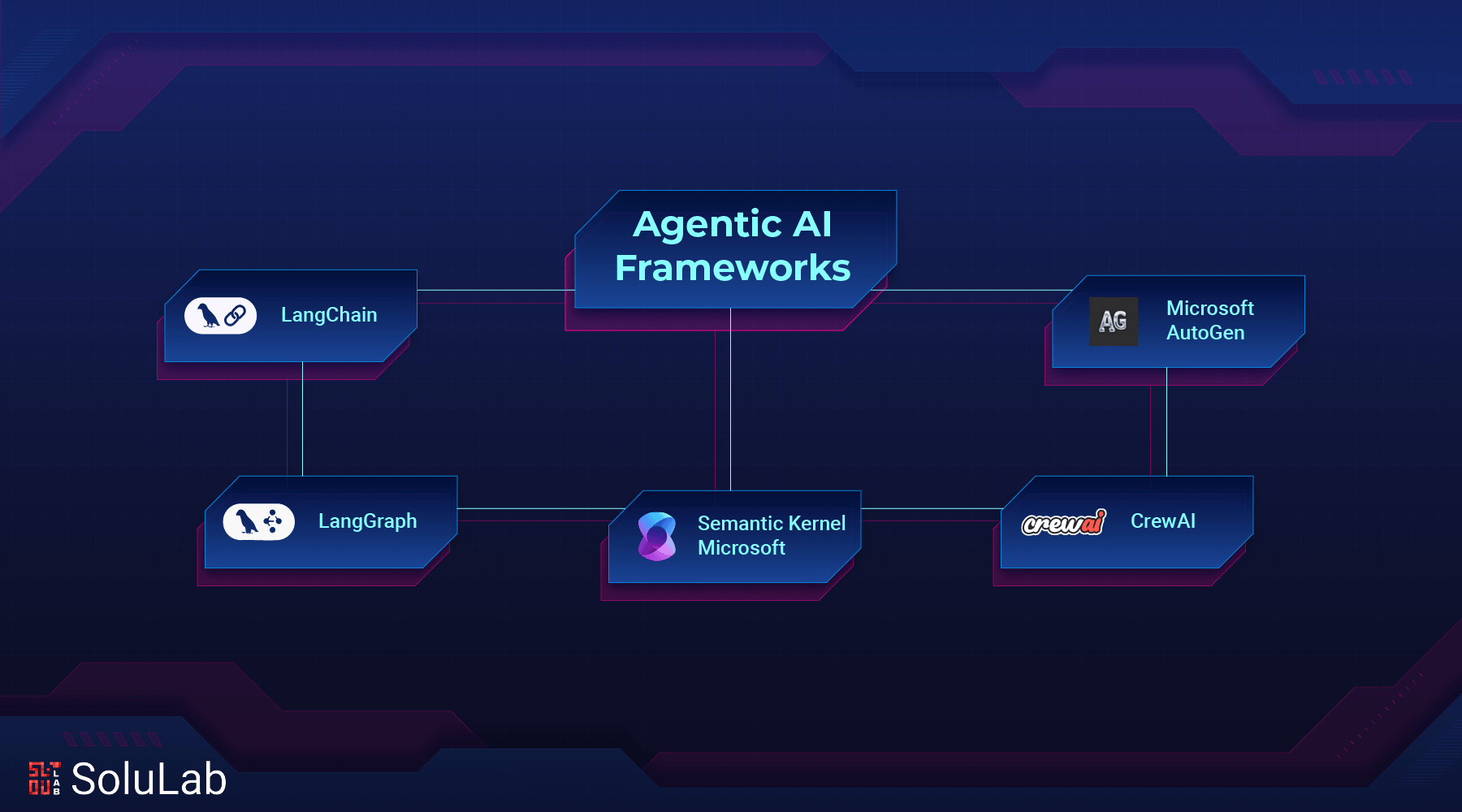
When you manage a company, an AI system automatically detects an inclined engagement, determines the reason, and modifies your approach to address it and genetic AI algorithms can accomplish that. You cannot afford to ignore artificial intelligence, which is predicted to $826 billion to the world economy by 2030 as it operates autonomously, comprehending your objectives and resolving issues instantly. It’s a tool to make a difference and support your company’s success, from increasing productivity to spotting new chances.
This blog will explain the main elements of agentic AI frameworks, how they operate, and how they affect organizations. When you read the conclusion, you will understand that building intelligent apps with genetic AI boosts productivity. Let’s get started!
What is Agentic AI?
AI chatbots use generative AI to develop answers from a single interaction. When someone asks a question, the chatbot responds using a natural language process (NLP). Agentic AI, the next wave of artificial intelligence, goes beyond this by solving complicated multistep problems on its way by using advanced reasoning and iterative planning. Additionally, it is expected to improve operations and productivity across all sectors.
For example, in customer care, an AI bot might be able to do more than just respond to inquiries. While waiting for the user to arrive at a decision, the AI might verify a user’s outstanding amount and suggest which accounts may be used to pay it off. When promoted, it would then perform the transaction appropriately.
To auto-access problems, formulate plans of action, and carry out tasks, agenetic AI systems consume enormous volumes of data from various data sources and external applications. Agnetic AI is being used by businesses to expedite AI intelligence apps, personalization, customer service, and even patient interactions.
“Agentic AI is expected to expand from 19% to 31% in two years, showing a 63% increase in the future. AI is becoming the main force behind future strategy as businesses prioritize it for automation and decision making”
Core Components of Agentic AI in Building Apps
A smart autonomous system’s brain is an Agentic AI architecture that seamlessly integrates essential elements to improve intelligence, effectiveness, and adaptability. Let’s learn its core components:
1. Perception Module
In the same way that humans rely on their senses, this module allows AI to collect and analyze data from its environment. For a comprehensive picture, AI gathers data from microphones, cameras, and Internet of Things devices. Data processing involves organizing, cleaning, and preparing unprocessed data for useful applications. Feature extraction is the process by which the AI recognizes patterns in sounds, objects, or motions. Accurate environmental knowledge is ensured by the module, which is essential for making wise decisions.
2. Learning Module
AI is always growing and changing as a result of experience and feedback. This model includes reinforcement learning which refines its methodology through trial and error. To improve decision-making in the future, AI examines historical performance. Over time, it self-corrects, increasing precision and effectiveness. AI can flexibly adjust to new situations and obstacles thanks to this module.
3. Cognitive Module
This module is the AI’s brain that analyzes the gathered information to solve issues and make defensible decisions. It is aware of its goals, whether they are problem-solving or efficient optimization. It weighs several responsibilities for choosing the best course of action. AI solves issues by applying machine learning, reasoning, and prior experiences. This clever automation serves as AI’s strategic core, enabling it to make wise judgments and advancements over time.
4. Action Module
This module efficiently carries out actions after a decision has been taken. AI reduces manual labor by handling complicated and repetitive activities. To do tasks, it communicates with drones, robots, and smart gadgets. AI monitors the development and adapts as necessary. This guarantees that choices are effectively converted into observable results.
5. Collaboration Module
For best results, the AI has to communicate with both people and other systems. AI facilitates smooth operations by integrating with systems such as CRMs and ERPs. AI and users may work together seamlessly thanks to intuitive interfaces. By encouraging teamwork, this module raises operational effectiveness and productivity.
Top 5 Agentic AI Frameworks
The development of agent AI is opening up new possibilities for intelligent agents and autonomous systems. Developer businesses are searching for frameworks that facilitate complicated decision-making and collaboration in addition to streamlining AI procedures. Here are the Top 5 Agentic AI Frameworks you should watch out for in 2025:
-
LangChain
In the field of artificial intelligence, LangChain has come to be associated with workflow automation. It makes it simple to create intricate LLM-powered apps by enabling developers to chain tools, memory, and prompts into logical pipelines. Workflow can be created and managed with modular components, applications, and integrated memories used.
Considering its adaptability, developers prefer using LangChain to create conversations, information retrieval, documented systems, and other applications. A chatbot development that easily revives and compiles customer data for financial organizations.
-
CrewAI
An AIagent’ss framework for coordinating role-playing AI bots is called CrewAI. It enables programmers to assemble an AI “crew” with distinct roles and duties to collaborate on challenging projects. Developing a collaborating AI system that can address complex issues requires a range of knowledge and efforts are made easier with the help of this framework. Building on the concept of multi-agent systems, CrewAI presents role-based designs that mimic human organizational hierarchies.
By placing a significant emphasis on adaptable execution, inter-agent interaction, and dynamic job allocation, the framework makes it easier to create AI systems that can adapt to changing environments and improve their general efficiency over time. This works quite well at stimulating complex human-like decision-making and teamwork processes.
-
Microsoft AutoGen 0.4
Microsoft AutoGen is transforming how we construct an autonomous, event-driven system. The purpose of this framework is to facilitate the coordination of several artificial intelligence agents to solve complicated issues in a distributed setting. The key features of this framework are to assist in integrating agents with application programming, an architecture based on events, which allows greater scalability, and the ability to think and prioritize tasks.
It offers support for the creation of systems that call for the collaboration of several agents. Microsoft AutoGen is ideally suited for practical applications, such as the management of IT infrastructure and automation of cloud computing. That is powered by artificial intelligence that automatically fixes server misconfigurations by assigning jobs to specialized agents.
-
LangGraph
The extension of LangChain known as LangGraph makes it possible to develop stateful, multi-agent systems. This framework makes it possible to use large language models (LLMs) which is especially helpful for creating intricate, interactive AI systems that require multi-agent cooperation, planning, and reflection. Building on the groundwork established by LangChain, LangGraph offers a graph-based foundation for organizing and executing AI operations.
AI systems capable of reasoning about their procedures, learning from past interactions, and dynamically adjusting their techniques can be developed because of the framework’s focus on planning, contemplation, and reflection. Due to LangGraph’s multi-agent capabilities, a system with multiple AI interacting, cooperating, or even competing is very useful for creating complicated environment simulations, advanced strategic planning systems, and more flexible and realistic AI behaviors for a range of applications.
-
Semantic Kernel Microsoft
The purpose of Microsoft’s Semantic Kernel is to seal the gap between conventional program development and artificial intelligence. It focuses especially on incorporating LLMs in applications that are already in use. With the help of this framework, developers may add AI features to their current codebases without having to start from scratch. The SDK may be used in a wide range of development environments due to its lightweight design and support for numerous programming languages.
Microsoft Semantic Kernel solves important issues for enterprise-level apps by offering strong security and compliance capabilities, which qualify it for deployment in delicate or regulated settings. Due to the framework’s flexibility in selecting AI models, developers can select and combine various models to maximize efficiency and affordability for certain use cases.
AI Agent Frameworks’ Significance
The development of AI agent frameworks enables companies to build intelligent apps with enhanced capabilities in their target sectors. Intelligent app developers empower their work through these frameworks which provide systematic starting points for easier and efficient company adoption of AI technology.
1. Quicker Development and Implementation
The creation of intelligent systems becomes simpler through AI agent frameworks because they provide pre-made modules automation tools and standardized procedures. Developers spend more time enhancing AI behavior after they finish implementing essential features through these frameworks without reimplementing them from scratch.
2. Uniformity and Standardization
Organizational frameworks maintain AI development consistency through their introduction of defined best practices and uniform processes. The standardized procedures enable developers researchers and companies to work together throughout all platforms and facilitate cooperation.
3. Scalability for Uses
Agent frameworks provide essential basics that developers need to expand applications when they utilize AI systems either in predictive analytics applications autonomous vehicles or chatbot services. The system enables both basic single-agent computer routines and complex multi-agent systems which must execute rapid decision processes.
4. Better Availability for Developers
The frameworks provide developers access to complex machine learning operations together with reasoning features through interfaces that hide complicated AI functions. Various industries gain access to modified intelligent solutions through the democratization of AI development practices.
5. A Spark for Creativity
Through frameworks, developers maintain control of building AI capabilities because they enable the handling of base AI operations which include decision-making algorithms processing data activities and communication protocols. The encouraged innovation happens through these frameworks which target industries like manufacturing, healthcare, and finance among others.
All in all, competitive success requires businesses to understand framework applications since AI continues transforming all sectors. You need the perfect framework to succeed when designing either cutting-edge artificial intelligence systems or automated AI solutions.
Important Questions for AI Frameworks Evaluation
Choosing the best AI agent framework might be difficult with so many enterprise services and platforms available. Assessing your unique workflow requirements is the first step in streamlining the decision-making process. We provide you the methodological checklist to help you choose better:
Easy to Use
- Is it simple and easy for beginners to set up the framework?
- Does rapid prototyping involve little work?
- Are there pre-configured models, visual interfaces, and built-in tools to make development easier?
Customizability
- Is it simple to modify workflow to suit your unique requirements?
- Does it provide industrial adaptability, flexibility, pipelines, and modular components?
- To what extent is it flexible? Is it possible for developers to incorporate custom logic without significant limitations?
Performance
- Can the framework scale as demand increases and manage heavy traffic?
- Does it facilitate remote computing and effective resource management?
- Does it function well under pressure? Can it continue to work quickly and accurately when given a lot of work?
Integration
- Can it easily integrate with databases, third-party tools, and APIs?
- Is it compatible with the main cloud services, AWS, Google Cloud, and Azure?
Security
- To what extent is user data protected? Does it provide access control and encryption?
- Does it have other two industries’ standards like SOC2, GDPR, or HIPAA?
- Does it offer secure third-party integration and built-in API-level security?
Community
- Are there frequent updates on a vibrant developer community?
- Does it offer, comprehensive troubleshooting, forums, tutorials, or documentation?
- Our mission-critical application is eligible for enterprise support options?
How to Build an App with Agentic AI?
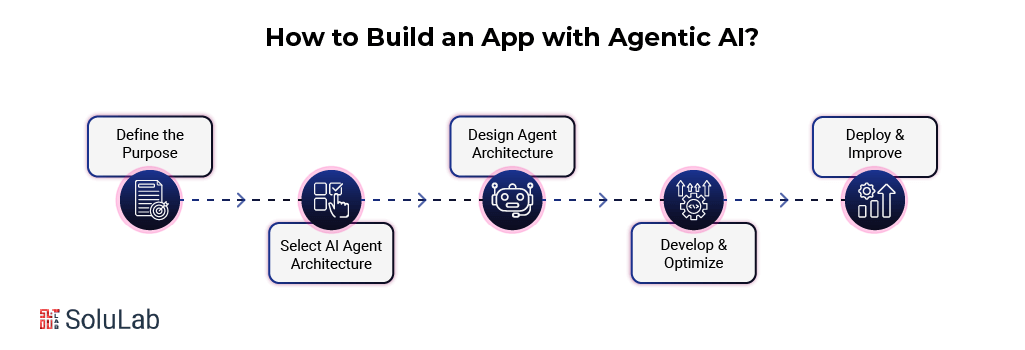
All independent AI agents that must take decisions and actions will need a systematic method that guarantees effectiveness, flexibility, and scalability. Here is the breakdown of building intelligent apps with Agentic AI:
1. Define the Purpose of Your Application
First, identify the problem that your AI will be trying to solve. Is this a content creator, a financial advisor, an automated customer service agent, or a personal AI assistant? A statement of its goal will naturally guide the design approach to be adopted.
2. Select the Right AI Agent Architecture
Choosing an appropriate AI agent framework is important. For example, while strong NLP application automation is provided through enterprise-type solutions such as OpenAI’s GPT-4 API, open-source frameworks like LangChain, AutoGPT, and Microsoft’s Semantic Kernel come with predefined agent functionalities. Some factors to consider include security, scalability, and ease of integration.
3. Create Architecture for Your Agent
A well-defined AI agent architecture incorporates the Perceptual Module and interprets input from the sensors, voice, or text. Reasoning Engine which makes decisions based on rule-based logic or LLMs. Action Module carries out operations like fetching data, automating workflows, and making API requests.
4. Develop and Optimize the AI Solution
Your agent must learn the context, acquire knowledge from interactions, and continuously improve over time to perform effectively. For accuracy enhancement, using custom datasets, refined LLMs, or reinforcement learning is advisable.
5. Implementation and Improvement
When establishing the agent in your application, ensure a seamless operation with databases, APIs, and cloud services. Monitor performance closely, get feedback from users, and make modifications as necessary.
Real-World Applications of Agentic AI Algorithms
1. AI Bots or Smart Assistants
When it comes to controlling anything from scheduling to smart home appliances, smart assistants are transforming the industry. These AI-enabled assistants, like Google, Assistant and Amazon, Alexa, improve user experience, and convenience, and learn from user preferences.
2. AI in Customer Support
AI is changing, and additional consumer interactions are conducted, from virtual agents to automated chatbots. Moreover, AI in Customer Service is evolving to respond to intricate questions, providing immediate fixes and personalized recommendations. Services like Olay’s Skin Advisor and Sephora Pocket Contour are provided by retail and e-commerce giants like Sephora. These companies offer individual cosmetic advice and use AI to recommend the ideal shade and fit.
3. AI-Assisted Content Development
The usage of AI systems and content production is growing. Based on predetermined criteria, they assist in the independent generation of text, images, music, or artwork. These technologies assist in creating personalized media for each user, making recommendations, and real-time content personalization.
4. AI in Education
Personalized learning experiences can be found on e-learning systems like Udacity, Duolingo, and Squirrel AI. AI in Education handles everything from evaluating students’ progress to pinpointing areas in which they require development to modifying lesson plans accordingly.
5. Financial Trading
Agentic AI is contributing to the transformation of the financial landscape by automatically evaluating fintech data and making trades. AI-driven agents can take advantage of opportunities and prevent financial losses by forecasting market movements, identifying frauds, examining upcoming trends, and making decisions in real time.
How can SoluLab help your applications with AI Frameworks?
The foundation for a future in which AI systems as AI will impact the timings of getting things done by 54% and help businesses function independently, adapt dynamically, and work together harmoniously is being laid by agentic AI frameworks such as CrewAI, LangChain, and AutoGen. Developers can now create systems that are more intelligent, scalable, and resilient than ever before with these technologies.
SoluLab, an AI agent development company gives companies access to data-driven decision-making and intelligent automation. SoluLab assists businesses in streamlining their processes, cutting expenses, and increasing overall effectiveness by combining modern machine, learning and artificial intelligence technology. With extensive knowledge of AI framework, SoluLab guarantees that companies particularly small and medium-sized enterprises in sectors such as retail, fast-moving consumer goods, and e-commerce can use real-time tracking and predictive analytics to improve operational efficiency.
FAQs
1. What are AI Agent Frameworks?
The foundation of creating, implementing, and overseeing AI agents are agentic frameworks. The built-in features and capabilities of these software platforms aid in streamlining and expediting the process, a predetermined architecture that describes the composition, traits, and potential of agentic AI.
2. Which AI frameworks are used the most?
Python or React and other technologies stack allow agents to be developed. Still, agentic models such as CrewAI, Microsoft AutoGen, and LangChain. These systems include pre-packaged tools and capabilities to enable fast building.
3. How does Agentic AI differ from Generative AI?
GenAI responds to user inputs according to pre-established logic to help with particular activities. Agentic AI systems, on the other hand, are proactive, acting upon their initiative, making choices, and accomplishing objectives.
4. What are Agentic AI best practices?
Continuous evaluation of AI agent use cases, regulatory compliance, and routine audits are crucial. By doing these steps, errors are decreased and security flaws are found before they become problems.
5. How can SoluLab improve businesses with Agentic AI?
SoluLab can automate complicated workflows with Agentic AI for making decisions by themselves, adapting to changes, and optimizing performance with minimum human oversight providing more efficient and scalable solutions.




